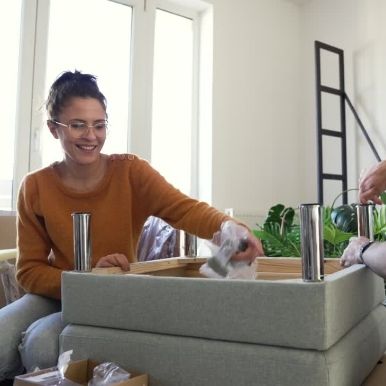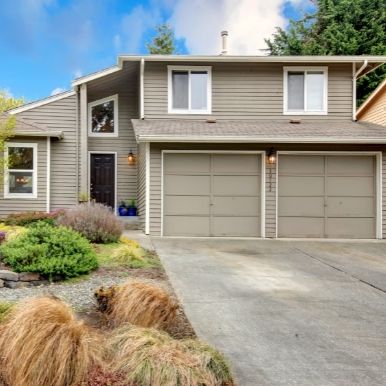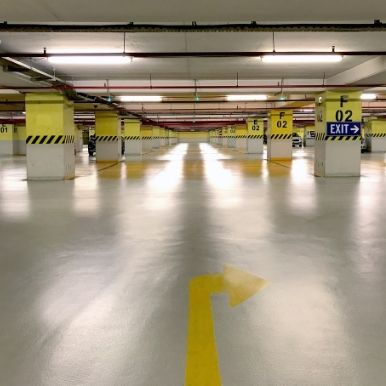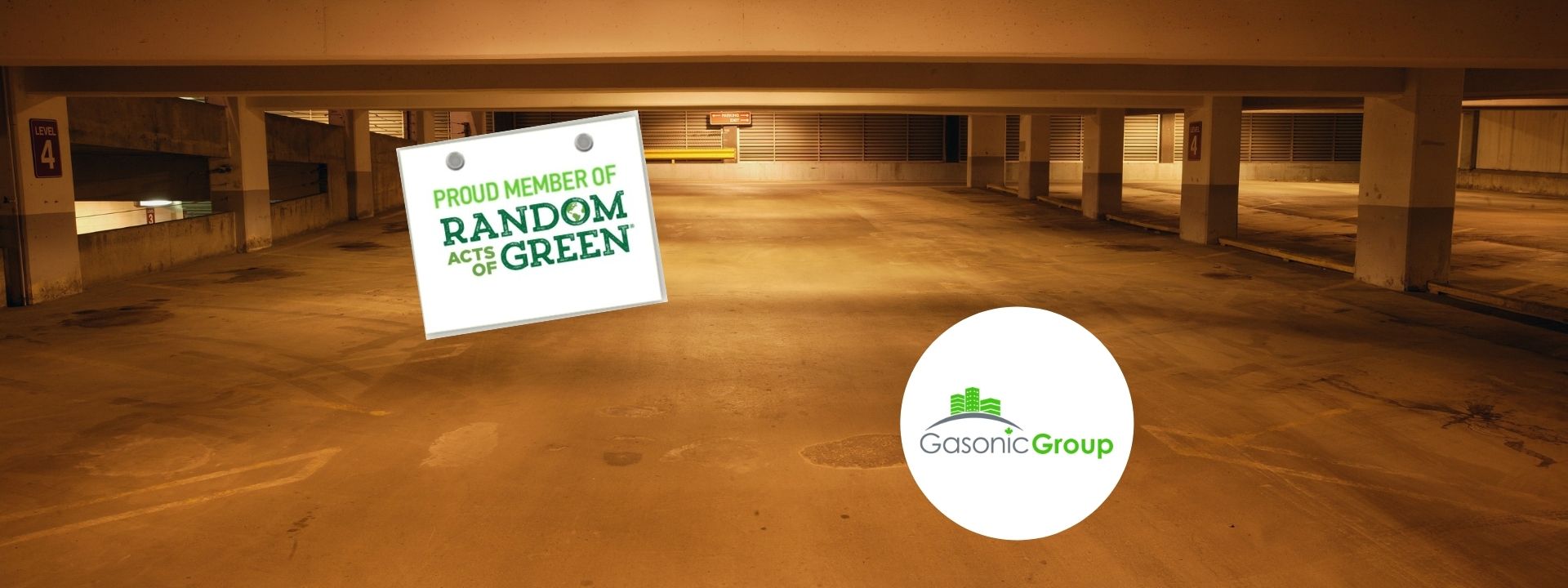Indoor Air Quality Issues Uncovered!
If You Think Outdoor Air Is The Only Way Breathable Air Will Make You Sick, Think Again…
Did you know that the air in your living room, bedroom or kitchen could be five times worse than the air outdoors? Or that parkade indoor air quality (like in garages beneath condo buildings) can be 25 to 100 times more polluted than outside air?
That’s right — poor indoor air quality is one of the top five health risks facing Canadians.
According to the American Lung Association, “Poor indoor air quality can cause or contribute to the development of infections, lung cancer and chronic lung diseases such as asthma.”
So how does this happen? How does poor indoor air occur?
1. Being Trapped Indoors:
In North America, with long and cold winters (super cold for some!), we have our windows closed for months at a time. We sometimes even seal them to keep out blustery winds. While this helps with indoor temperatures, no fresh air equals lowered air quality.

On milder days, if you’re popping out to the shops and there’s nobody home (including pets), drop your thermostat and let a blast of fresh air in now and again.
2. New Furnishings:
Your new carpet, couch or sideboard could be subtly poisoning you! Chemicals such as benzene, ethylene glycol or formaldehyde get into the air from our furnishings, but unfortunately, manufacturers don’t have to state what chemicals they use.
The EPA singles out engineered wood — in other words, particleboard — as being particularly prone to emitting formaldehyde, a probable carcinogen.

A great way to avoid ‘off gassing’ from your furniture is to buy vintage or second-hand pieces. This works because off-gassing lessens over time.
You can also double check that the pieces you buy match today’s safety standards. For example: Furniture painted before 1978 may have been painted using lead paint.
Air-out new-to-you pieces if you can, too.
And know that products like glass and stainless steel don’t ‘off-gas’ (phew).
3. From Your Garage:
Is your garage connected to your house? Then never idle your car or use any gas-emitting appliances in the garage!
Those toxic fumes will be whistling their way under doors and through vents into your home.
Not only is this incredibly dangerous for the people inside, it’s also a waste of gasoline (did you know that idling for ten seconds or more uses more fuel than restarting your car?).
Read our blog post, “How long should I idle my car this winter?” where we breakdown some idling myths.


Author
Stephanie Ward
Stephanie started her journey towards a sustainable lifestyle young: at the age of 12, she started a ‘compost bin’ in a margarine container — and left it for her mum to find under the sink many weeks later … Needless to say, her eco-skills have improved since then! A vegan of 10+ years, a staunch animal welfare advocate, and an avid recycler, you’re most likely to find her on a hike, or in the garden.
4. From Your Parkade:
Do you live in a skyrise or apartment complex with underground parking or an attached parkade?
These spaces are the biggest culprits for toxic indoor air.
Neglecting a parkade’s indoor air quality exposes occupants to potentially life-threatening fume levels.
Owners, property managers, and condo boards risk legal and financial liability that can cost them millions of dollars in class-action lawsuits.

Indoor Air Quality Testing - Connect with an Expert!
Headquartered in Calgary, Alberta, Gasonic helps measure indoor air quality in various buildings with highly trained technicians and exceptional monitoring technology.
Their Inmosphere Consulting service offers a comprehensive, integrated solution that goes beyond traditional indoor environmental quality through their multi-disciplinary approach.
“We pride ourselves in offering our clients the lowest incident rates in the industry. If you rely on clean air to keep your people safe, you can rely on us for the most dependable, cost-efficient solutions.”

How To Improve Indoor Air Quality
Our business members and clean air professionals, Gasonic Group offer the following tips to building managers hoping to reduce indoor air pollution in parkades.
#1. Check and optimize your ventilation system:
Most buildings have their fan set to start at 25 PPM of carbon monoxide. We recommend implementing a lower trigger level to ensure cleaner air.
#2. Upgrade your CO detectors and monitors.
#3. Run a professional air quality audit.
#4. Educate your building residents on the hazards of idling.
Signs are a great start, but you should go one step beyond by leveraging your indoor communications.
Send them this blog post: “How to Convince Your Building Occupants to Stop Idling” by Gasonic.
#5. Paint your parkade with air-purifying paint.
#6. Support zero-emission vehicles by installing charging stations.
Health Effects of Air Pollution
Before this article, had you considered if your college, condo building or office tests its indoor air quality? Do they even consider it?
It’s a really important conversation and one that isn’t had too often.
With the average North American spending 90% of their time indoors, it’s important that we are living and breathing in a safe space.
Remember, poor indoor air quality can:
- Impact student or employee attendance, comfort and performance.
- Accelerate the deterioration and reduce the efficiency of physical plants and equipment.
- Increase potential for building closures or relocation of occupants.
- Strain relationships among team members and colleagues.
- Create negative publicity.
- Impact community trust.
- Create liability problems.
As always, we encourage you to ask questions and talk to your building or property manager. And consider how you monitor your household’s indoor air!




